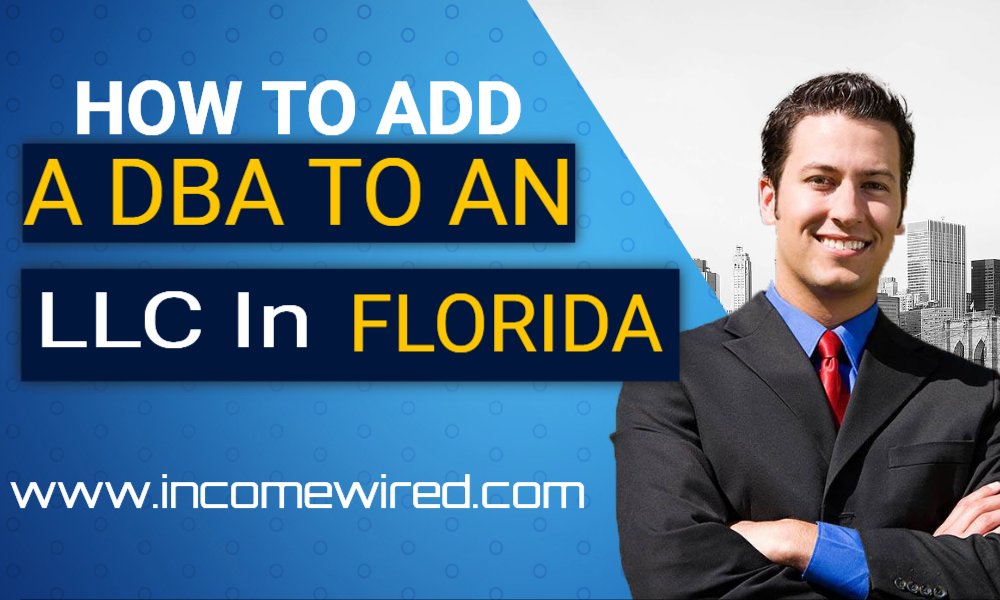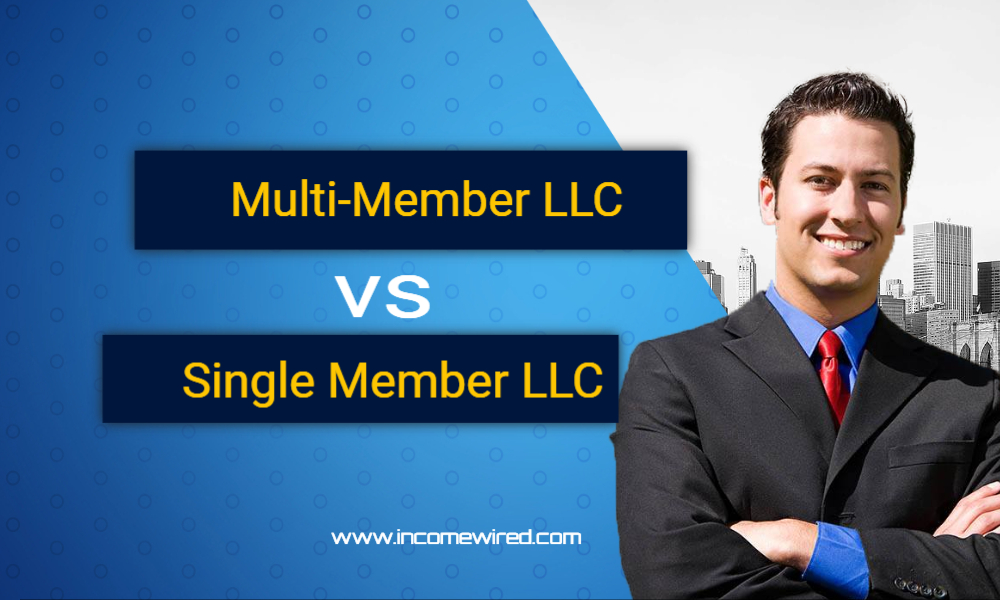we help service-based business owners, freelancers, and aspiring businesses with our content & services & When readers purchase services discussed on our site, we often earn affiliate commissions that support our work. Find out more about Income Wired
A sole proprietorship is a business owned and operated by one person. This type of business is relatively easy to start and maintain, and does not require any special paperwork or licenses. Sole proprietorships are the most common type of business in the United States, accounting for more than 70% of all businesses.
There are several advantages to operating a sole proprietorship, including simplicity, flexibility, and control. Sole proprietorships are also less expensive to start and run than other types of businesses, such as corporations. However, there are some disadvantages to consider as well, such as unlimited liability and the fact that sole proprietorships can be more difficult to grow than other types of businesses.
If you’re thinking of starting a business, a sole proprietorship may be the right choice for you. Be sure to weigh the pros and cons carefully before making your decision.
How does a sole proprietorship file for taxes?
A sole proprietorship is taxed as an individual, which means that the business owner files a personal tax return. The Sole Proprietorship Tax ID is the same as the owner’s Social Security Number.
Can a sole proprietor have employees?
Yes, a sole proprietor can have employees. However, the business owner is ultimately responsible for all aspects of the business, including any legal liability arising from the actions of employees.
Advantages of a Sole Proprietorship
There are several advantages to operating a sole proprietorship, including simplicity, flexibility, and control. Sole proprietorships are also less expensive to start and run than other types of businesses, such as corporations.
Simplicity: A sole proprietorship is the simplest type of business to start and maintain. There is no need to file any special paperwork or obtain any licenses, making it relatively easy to get up and running.
Flexibility: Sole proprietorships offer a great deal of flexibility in terms of how they are run. Sole proprietors can make all the decisions about their businesses, from what products or services to offer to how to market and sell them.
Control: Sole proprietorships also offer complete control to the owner. Since there is only one owner, there is no need to consult with partners or shareholders when making decisions about the business.
Expense: Sole proprietorships are generally less expensive to start and maintain than other types of businesses. There is no need to file paperwork with the government or pay annual fees, making them a good choice for those on a tight budget.
Disadvantages of a Sole Proprietorship
There are some disadvantages to consider as well, such as unlimited liability and the fact that sole proprietorships can be more difficult to grow than other types of businesses.
Unlimited Liability: One of the biggest disadvantages of a sole proprietorship is that the owner has unlimited liability. This means that if the business owes money or is sued, the owner’s personal assets, such as their home or savings, could be at risk.
Difficulty Growing: Sole proprietorships can also be more difficult to grow than other types of businesses. If the owner wants to bring on partners or shareholders, they will need to restructure their business as a corporation. This can be a time-consuming and expensive process.
If you’re thinking of starting a business, a sole proprietorship may be the right choice for you. Be sure to weigh the pros and cons carefully before making your decision.
What are examples of a sole proprietorship?
Some common examples of sole proprietorships include small businesses such as home-based businesses, freelance professionals, and consultants. Sole proprietorships can be found in a wide variety of industries, from retail and restaurants to construction and carpentry. almost any type of business can be operated as a sole proprietorship.
Be your own boss:
One of the main advantages of a sole proprietorship is that the business owner has complete control over the business. This means that you get to make all the decisions, from what products or services to offer to how to market and sell them.
How to Start a Sole Proprietorship
1. Choose a business name: The first step is to choose a name for your business. This can be your own name, the name of your product or service, or something else entirely. Once you’ve chosen a name, you’ll need to register it with your state or local government.
2. Obtain any necessary licenses and permits: Depending on the type of business you’re operating, you may need to obtain certain licenses and permits. For example, if you’re planning to sell food products, you’ll need to obtain a food handler’s license.
3. Open a business bank account: Once you have your business name and licenses in hand, you can open a business bank account. This will make it easier to keep track of your finances and separate your personal and business expenses.
4. Get started: Once you’ve taken care of the administrative details, you can start running your business! Sole proprietorships are relatively simple to set up and run, so you can start generating revenue right away.
Frequently Asked Questions:
Sole Proprietorship vs. LLC: What’s the Difference?
A sole proprietorship is a business owned and operated by one person, while an LLC (limited liability company) is a business structure that can be owned by one or more people. Both Sole Proprietorships and LLCs have some advantages and disadvantages to consider.
Sole Proprietorship vs. Partnership: What’s the Difference?
A partnership is a business structure in which two or more people work together to run the business. Partnerships can be either general partnerships or limited partnerships. Sole proprietorships are similar to general partnerships, but with only one owner. Both structures have their own advantages and disadvantages to consider.
Sole Proprietorship vs. Corporation: What’s the Difference?
A corporation is a business structure in which the business is its own legal entity, separate from its owners. This means that the owners are not personally liable for the debts and liabilities of the business. Sole proprietorships are similar to corporations in that they are owned by one person, but there are some key differences to consider.
Sole Proprietorship vs Single member LLC:
The main difference between a sole proprietorship and a single-member LLC is that a sole proprietorship is not a legal entity, while a single member LLC is. This means that the owner of a sole proprietorship is personally liable for the debts and liabilities of the business, while the owner of a single member LLC is not. Sole proprietorships are also simpler to set up and run than LLCs, making them a good choice for small businesses. However, LLCs offer some important benefits, such as limited liability protection, that Sole Proprietorships do not.
What are the tax implications of a sole proprietorship?
Sole proprietorships are taxed as personal income, which means that the owner is responsible for paying taxes on their business earnings. Sole proprietorships are also subject to self-employment tax, which is a Social Security and Medicare tax paid by those who are self-employed. The amount of self-employment tax you’ll owe depends on your business earnings.
How can I protect my personal assets with a sole proprietorship?
Since sole proprietorships offer unlimited liability, it’s important to take steps to protect your personal assets. One way to do this is to set up a separate business bank account and use it for all of your business expenses. This will help to keep your personal and business finances separate. You can also consider purchasing liability insurance to financially protect yourself in the event that your business is sued.
Can a sole proprietorship be turned into a corporation?
Yes, a sole proprietorship can be turned into a corporation. This process is called incorporation, and it involves filing paperwork with the state in which your business is registered. Once your business is incorporated, it will be treated as a separate legal entity from you personally. This means that you will no longer have unlimited liability for your business debts and obligations. However, incorporating your business can be a time-consuming and expensive process, so it’s something to consider carefully before taking any action.
Can a sole proprietorship have more than one owner?
No, a sole proprietorship can only have one owner. If you want to go into business with another person, you’ll need to choose a different business structure, such as a partnership or corporation.
Can a sole proprietorship become an LLC?
Yes, a sole proprietorship can become an LLC. The process of converting a sole proprietorship to an LLC is called a conversion. To convert your business, you’ll need to file paperwork with your state government and pay any applicable fees. Once your business is converted to an LLC, it will be treated as a separate legal entity from you personally. This means that you will no longer have unlimited liability for your business debts and obligations. However, converting your business to an LLC can be a time-consuming and expensive process, so it’s something to consider carefully before taking any action.



